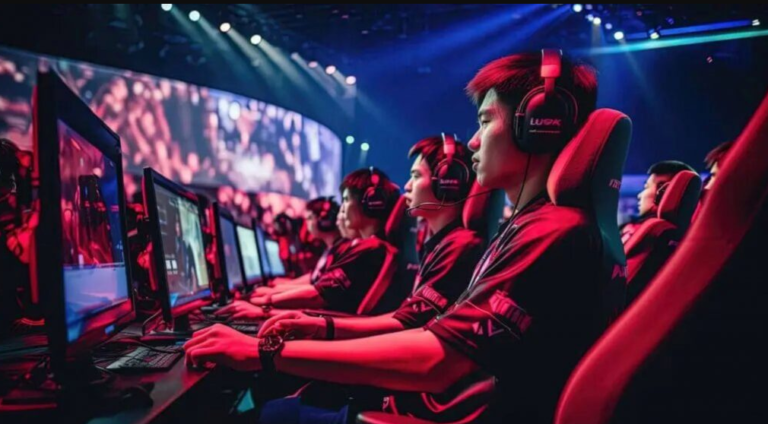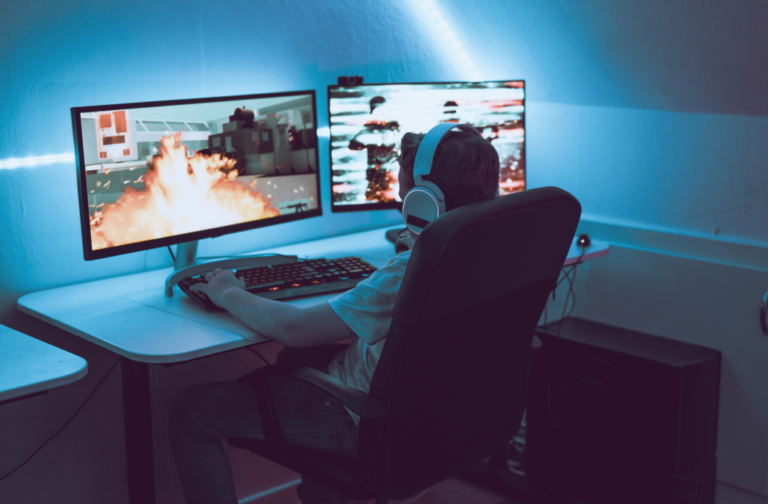Gaming and Education: How Games Are Used as Learning Tools

The integration of gaming into educational contexts signifies a transformative shift in how knowledge is imparted. Game-based learning not only enhances student engagement but also cultivates critical thinking and collaboration skills. As traditional methodologies evolve, educators are increasingly exploring the potential of interactive experiences. This raises important questions: what are the tangible benefits of these educational games, and how might they shape future learning landscapes? The answers could redefine educational practices.
The Rise of Game-Based Learning in Classrooms
As educators increasingly recognize the potential of interactive experiences, the integration of game-based learning in classrooms has surged in popularity.
This approach leverages game mechanics to foster student engagement, transforming traditional pedagogical frameworks. By incorporating elements such as competition and rewards, educators create immersive environments that not only motivate learners but also encourage critical thinking and collaboration, ultimately enhancing the educational experience.
Benefits of Integrating Games Into Education
Integrating games into educational settings offers a multitude of benefits that extend beyond mere entertainment.
These engagement strategies not only captivate students’ attention but also foster cognitive development by encouraging critical thinking and problem-solving skills.
Furthermore, games create a dynamic learning environment where collaboration and creativity thrive, empowering learners to take ownership of their education and explore concepts in innovative ways.
See also: Exploring Virtual Reality Games: Top Titles and Trends
Examples of Educational Games and Their Impact
While traditional teaching methods have their merits, the incorporation of educational games has demonstrated significant potential in enhancing learning outcomes across various subjects.
For instance, Minecraft Education fosters creativity and collaboration, allowing students to engage deeply with concepts in a virtual environment.
Similarly, Kahoot Quizzes promote active participation and immediate feedback, making learning interactive and enjoyable, ultimately improving knowledge retention and engagement.
The Future of Gaming in Educational Settings
Although the landscape of education continues to evolve, the future of gaming in educational settings appears increasingly promising.
Innovations such as virtual reality and adaptive learning systems are poised to revolutionize how students engage with content. These technologies facilitate immersive experiences and personalized pathways, fostering autonomy and creativity while meeting diverse learning needs.
Ultimately, this transformation is changing traditional pedagogical approaches into dynamic, interactive environments.
Conclusion
In conclusion, the convergence of gaming and education cultivates a captivating classroom climate, where curiosity is kindled and creativity is celebrated. As digital dynamics drive diverse learning experiences, the potential for profound personal and academic growth becomes increasingly apparent. Looking ahead, the promise of playful pedagogy paves the way for innovative instructional strategies, ensuring that educational environments remain engaging and effective. Ultimately, the symbiotic relationship between gaming and education is set to shape the future of learning.



